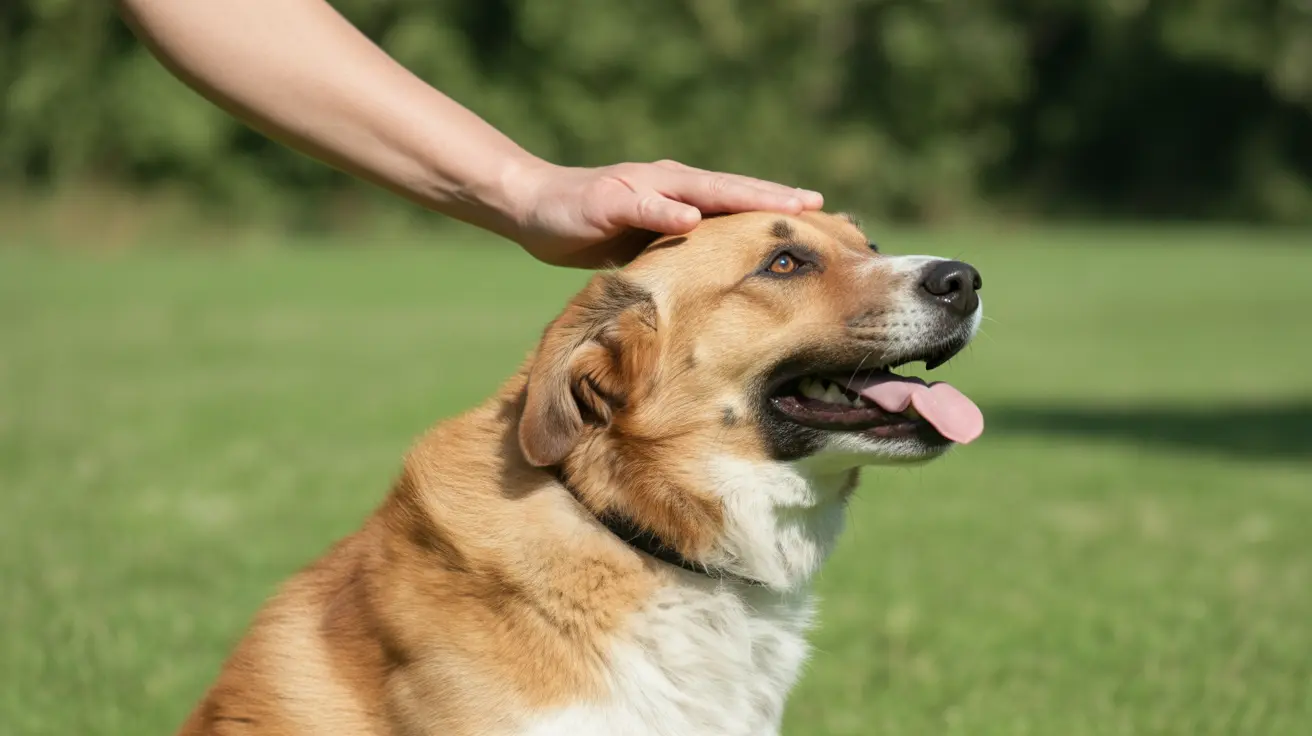Many cat owners wonder about shaving their feline companions, especially during hot summer months or when dealing with matted fur. While the idea of giving your cat a fresh trim might seem helpful, the decision to shave a cat requires careful consideration of both benefits and risks. This comprehensive guide will help you understand when shaving is appropriate and when alternative grooming methods might be better for your pet.
Understanding Your Cat's Natural Coat
Cats have evolved with sophisticated fur coats that serve multiple essential functions. Their double-layered coat provides natural insulation, protection from the elements, and helps regulate body temperature throughout the year. The outer layer (guard hairs) offers protection, while the softer undercoat provides insulation.
When Is Shaving Actually Necessary?
There are specific situations where shaving a cat may be medically necessary or beneficial:
- Severe matting that can't be resolved through regular grooming
- Medical procedures requiring access to the skin
- Specific health conditions affecting the skin or coat
- Elderly or obese cats with hygiene-related issues
The Risks of Shaving Your Cat
Before deciding to shave your cat, consider these potential risks:
- Increased risk of sunburn and skin damage
- Compromised temperature regulation
- Possible cuts or skin irritation from clippers
- Stress and anxiety during the process
- Potential for uneven or improper coat regrowth
Physical Risks
Cats have extremely delicate skin that's easily injured during shaving. Professional groomers report that even with proper technique, there's always a risk of nicks, cuts, or razor burn, especially in areas where the skin is loose or thin.
Psychological Impact
The shaving process can be traumatic for many cats, leading to behavioral changes and increased anxiety. Some cats may become more withdrawn or aggressive after being shaved due to feeling vulnerable without their protective coat.
Alternatives to Shaving
Instead of shaving, consider these effective alternatives:
- Regular brushing (2-3 times per week)
- Professional grooming appointments
- Use of appropriate grooming tools for your cat's coat type
- Spot-cleaning problem areas
- Regular maintenance trims
Professional vs. DIY Grooming
If shaving becomes necessary, it's crucial to understand the differences between professional and at-home grooming:
Professional Grooming Benefits
- Proper equipment and expertise
- Safety protocols in place
- Experience handling stressed cats
- Clean, controlled environment
DIY Grooming Risks
- Improper technique leading to injury
- Wrong equipment usage
- Increased stress for both cat and owner
- Potential for serious accidents
Post-Shaving Care Tips
If your cat has been shaved, follow these important care guidelines:
- Limit sun exposure to prevent sunburn
- Monitor skin for irritation or infection
- Maintain consistent indoor temperatures
- Consider pet-safe sunscreen for outdoor cats
- Watch for changes in behavior or comfort level
Frequently Asked Questions
When is it necessary to shave a cat, and what health or hygiene conditions justify it?
Shaving is necessary when cats have severe matting that can't be brushed out, require surgery or medical treatment, or have specific health conditions affecting their ability to groom. It's also justified for elderly or obese cats who can't maintain proper hygiene.
What are the risks and potential harms associated with shaving a cat's fur?
Risks include skin cuts, burns from clippers, increased susceptibility to sunburn, compromised temperature regulation, stress, and potential damage to the coat's natural regrowth pattern. There's also a risk of infection if the skin is accidentally nicked during shaving.
Does shaving a cat actually help keep them cooler in hot weather?
Contrary to popular belief, shaving doesn't typically help cats stay cooler. Their fur provides natural insulation against both hot and cold temperatures. The coat helps regulate body temperature and protects against sunburn.
What are the safest grooming alternatives to shaving for managing matting and shedding?
Regular brushing with appropriate tools, professional grooming appointments, and spot-cleaning problem areas are safer alternatives. Using detangling sprays and maintaining a regular grooming schedule can prevent severe matting.
How should cat owners prepare and care for a shaved cat to protect their skin and comfort?
After shaving, protect your cat from direct sunlight, maintain stable indoor temperatures, monitor for skin irritation, and consider protective clothing if necessary. Regular skin checks and gentle brushing can help maintain comfort during the regrowth period.
Conclusion
While shaving cats might seem like a simple solution to various grooming challenges, it's rarely the best first-line approach. Focus on preventive care through regular brushing and professional grooming to maintain your cat's coat health. If shaving becomes necessary, always consult with veterinary professionals or certified groomers to ensure the safest possible experience for your feline friend.






